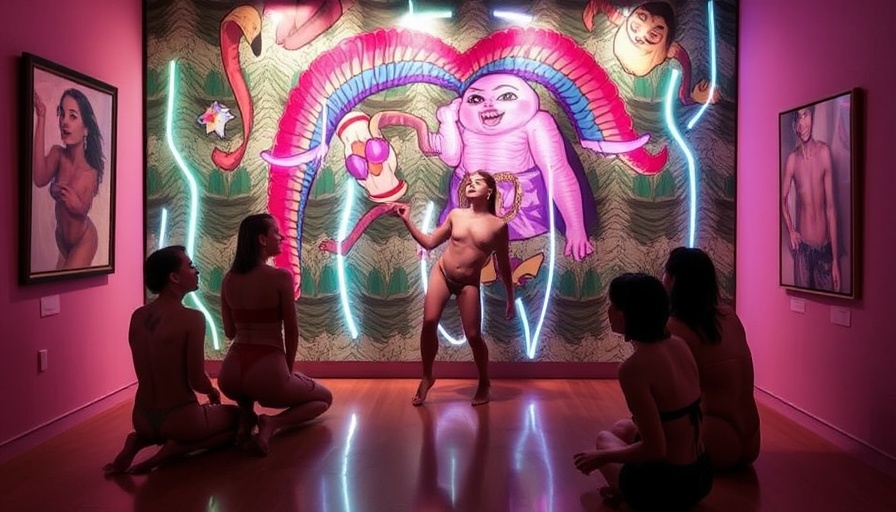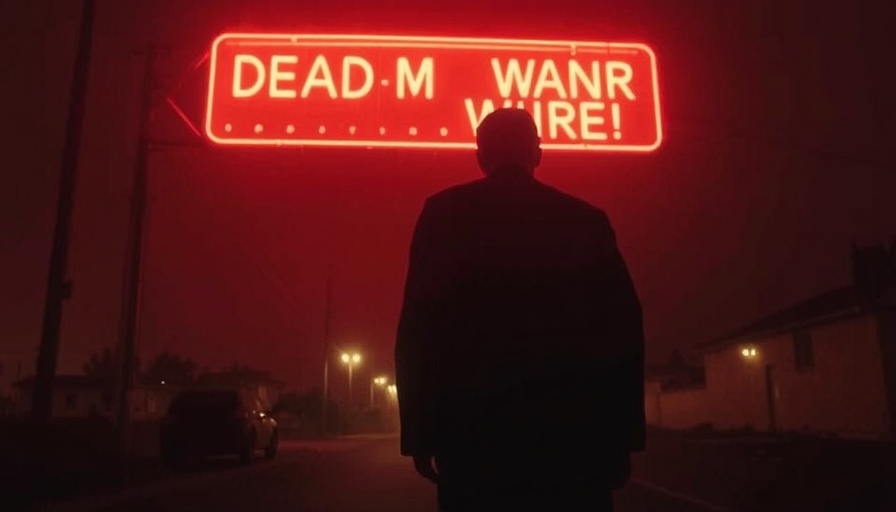
Hidden Stories: The Omission of Autism on Screen
In today's cinematic landscape, characters that exhibit traits associated with autism spectrum disorder (ASD) are prevalent yet remain frustratingly ambiguous. Figures like Benedict Cumberbatch’s Sherlock and Jim Parsons’ Sheldon often showcase idiosyncratic behavior and unique perspectives, yet their creators hesitate to directly label them as autistic. This ambiguity raises a crucial question: why is Hollywood so reluctant to embrace a more explicit representation of autism?
Historical Context: Autism and Media Representation
The portrayal of individuals on the autism spectrum has evolved significantly over the past few decades; however, mainstream narratives often lack authenticity. Films like Rain Man set the stage for autistic representation but perpetuated myths that simplify the experience. Despite some progress, the cultural context around autism remains plagued with stereotypes that hinder genuine understanding. This disconnect is symptomatic of a broader societal reluctance to openly discuss and demystify autism, leading creators to resort to vague coding instead of clear representation.
Why Coded Characters Thrive in Media
Characters who are autistic-coded thrive within the framework laid by stereotypes and social discomfort surrounding autism. This coding enables writers to develop characters who diverge from norms—offering entertainment while sidestepping deeper conversations about representation. For example, Will Graham from Hannibal presents as a genius detective marked by empathy and savant-like tendencies. Creators can draw on these traits for compelling narratives without the burden of authenticity.
The Popularity of Coded Characters
Audiences have shown a keen interest in characters who exhibit eccentricities, often finding them relatable or amusing. Consider Sheldon Cooper from The Big Bang Theory or Dwight Schrute from The Office. Both characters channel quirks and rigid behaviors that are suggestive of ASD but never explicitly state it. Their success largely stems from their ability to entertain while appealing to the viewer’s comfort with humor over a frank discussion of autism.
The Emotional Impact of Misrepresentation
The representation of autism has far-reaching implications. With ongoing societal misunderstandings fueled by figures like Elon Musk and Robert F. Kennedy Jr., the narratives surrounding autism often skew towards fear and misinformation. This can lead to a lack of supportive resources for individuals on the spectrum and misperceptions that hinder acceptance and understanding. Fern Brady and others argue that a misrepresentation can severely affect how autistic individuals see themselves within society, thereby impacting their mental health.
Call for Genuine Representation
As audiences come to recognize the patterns in autism portrayals, there’s a growing demand for more authentic representation. Hollywood producers and writers should take note of how meaningful it is for autistic narratives to be led by those who live these experiences. Creators must challenge themselves to foster a more inclusive and genuine dialogue that reflects the diversity of the autism community. In doing so, they can contribute positively to societal understanding and acceptance.
To learn more about autism and explore platforms that advocate for better representation in media, consider seeking out resources and communities that centralize autistic voices. Engaging with the real stories behind these characters can shift dialogues from entertainment to education—a necessary step in fostering understanding.
 Add Row
Add Row  Add
Add 




Write A Comment